Germany is an export powerhouse, thanks largely to its many small and midsize (SME) companies and their prominence in global markets. Consultant Hermann Simon examines these “Hidden Champions” and explains how they grew dominant and how they compete. He discusses globalization, Austrian and Swiss Hidden Champions, Chinese firms working in Germany, population shifts, digitalization, sustainability, and more. Simon offers a fresh perspective and new information, which will particularly interest SME executives in Germany, China and the United States. The book’s title may make you think it is just about Chinese firms, but its scope is the larger role of SMEs.
The phrase “Hidden Champions” originated in 1987, when academics considered the reasons for Germany’s global dominance of exports.
Large German enterprises have been active internationally since the 1800s. That’s one reason researchers in the late 1980s attributed Germany’s export strength to its major corporations, then including Bayer and Volkswagen. However, a closer study led to the discovery that small and midsize companies – the Mittelstand – contribute significantly to Germany’s exports. The public was largely unaware of these “hidden” companies, but many of them lead their international markets, thus earning the title “champions.”
In the decades since the late 80s, China and the United States eclipsed Germany in absolute export volume, though Germany still leads in exports per capita.
Generally, a country’s export success correlates with its number of large companies. Yet China, the leader in absolute exports, and Germany, the leader in per capita exports, are both exceptions. Midsize companies generate more than 60% of China’s exports, comparable to the contributions Germany’s Mittelstand ...










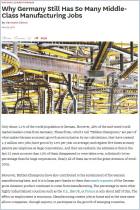

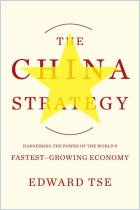
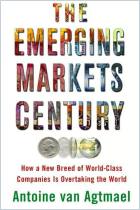

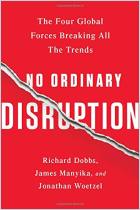
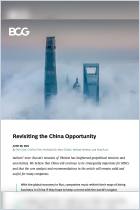




Comment on this summary or Iniciar a Discussão